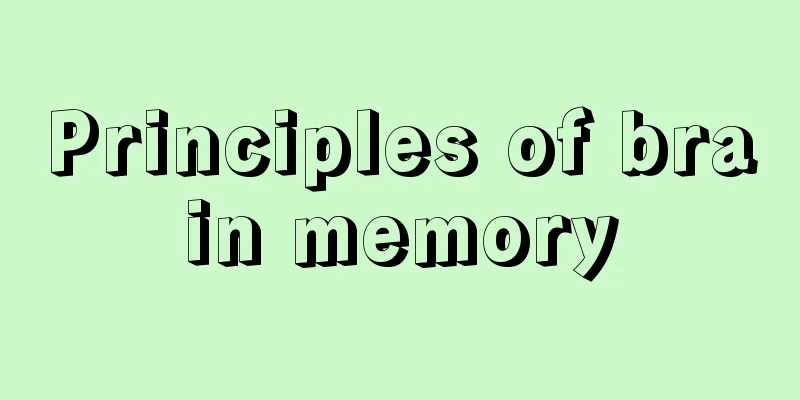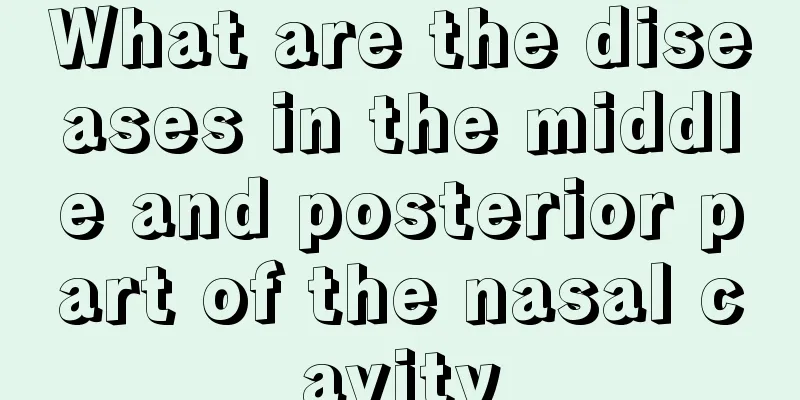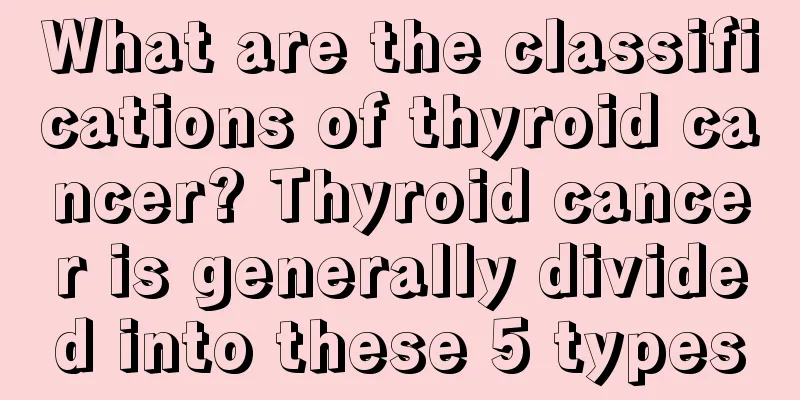Principles of brain memory

|
From childhood to adulthood, a lot of what we learn in school is a test of memory. Especially for students of liberal arts, memorizing books and reciting exams are commonplace. But some people also have a lot of troubles. Why can others memorize things very quickly and even remember everything they see, while it is extremely difficult for them to memorize things? In fact, this requires understanding the principles of brain memory. The brain is made up of several areas: gray matter, white matter, and cerebral cortex. Gray matter and white matter are the media for processing special nerve impulses in the brain, which will not be explained here; the cerebral cortex is formed by thousands of neurons through complex interconnections (the composition of neurons should have been learned in high school), and the cerebral cortex is the main area of the human brain that processes various information and instructions. According to functional areas, the cerebral cortex is divided into many parts, such as the visual processing center, language processing center, auditory processing center, tactile processing center, etc. Among them, the area responsible for memory activities is called the "hippocampus". The hippocampus is the area of the brain that helps humans process long-term learning and memory of events such as sound, light, and taste, and performs the so-called "narrative memory" function. In medicine, the "hippocampus" is an inward fold area of the cerebral cortex, forming an arched bulge around the "choroidal fissure" at the bottom of the "lateral ventricle". It is composed of two fan-shaped parts, which are sometimes collectively referred to as the hippocampal structure. In this area, the operating mechanism of memory is mainly: the synapses of nerve cells in the area are mainly responsible for storing memories, and the hippocampus acts as a conversion station in the process of memory. When neurons in the cerebral cortex receive various sensory or perceptual information, they transmit the information to the hippocampus. If the hippocampus responds, neurons begin to form lasting networks, but if the recognized pattern is not met, the experience disappears without a trace. Once the brain is stimulated and receives an instruction to retrieve long-term memory (as defined by Apple), the hippocampus will automatically filter the information instruction, and the area storing the information instruction will be connected, and then transmitted in the form of nerve impulses, and finally manifested in various forms of human activities. |
>>: Right middle cerebral artery stenosis
Recommend
Can anal fistula turn into rectal cancer?
Can anal fistula turn into rectal cancer? 1. Anal...
Mercury poisoning symptoms Mercury poisoning is so serious
Although pure mercury is not common in daily life...
Rain Water Festival customs and what to eat to maintain health during the Rain Water Festival
Origin of Rainwater: Rainwater ranks second among...
What can you eat if you have nasopharyngeal cancer
Nasopharyngeal cancer brings pain to many patient...
Clinical classification of malignant melanoma of skin cancer
Malignant melanoma is a highly malignant skin can...
What fruits to eat to warm the uterus and help pregnancy
Not every woman has good fertility. Some women wi...
Routine care for skin cancer patients
People have a fear of skin cancer. When they go t...
How to quickly cure a sore throat caused by inflammation
When people have a sore throat, they always feel ...
Symptoms of milk protein allergy, be careful if these occur!
Symptoms of milk protein allergy often occur in d...
What are some ways to prevent high blood pressure?
Whether young or middle-aged or elderly, sufferin...
What to do if you have bloating due to pancreatic cancer
Pancreatic cancer is one of the common malignant ...
What is the diet after colon cancer surgery
The best time to treat cancer is the early stage ...
How long does a course of amoxicillin last?
Amoxicillin is a common drug. When taking amoxici...
How long does it take to remove moisture
Dampness is a very common physiological condition...
What is the reason for white pubic hair
Pubic hair is hidden in our most private place. A...









